Annual moose hunt aims to help stabilize population
| Published: 10-30-2023 8:49 AM |
ISLAND POND, Vt. — The number of moose killed annually by Vermont hunters can provide more than 60,000 servings of meat, according to the state’s Department of Fish & Wildlife.
But the animals’ posthumous utility goes farther than the dinner table.
On a cold and wet Monday in the Northeast Kingdom, Nick Fortin, a wildlife biologist with the state, knelt in the back of a pickup, painstakingly combing through the coarse hairs of a cow shot by a hunter that morning.
Fortin was looking for winter ticks. A three-year study conducted by Fish & Wildlife, beginning in 2017, found that chronic high tick counts on moose are causing the species’ general health “to be very poor.”
The ticks glom on to a host in the fall, ride out the winter and drop off in the spring. In the meantime, they can do significant damage to an animal’s weight and reproduction rate.
Moose population stability, partly as a result, is “teetering,” Fortin said, “and that’s not a good place to be.”
There are estimated to be 2,100 moose in the state.
Vermonters from the Upper Valley who were lucky enough to receive a permit in the state-run lottery flocked to a wildlife management area in Essex County, the only spot in the state where the animals can be hunted.
Article continues after...
Yesterday's Most Read Articles
 Dartmouth administration faces fierce criticism over protest arrests
Dartmouth administration faces fierce criticism over protest arrests
 Three vie for two Hanover Selectboard seats
Three vie for two Hanover Selectboard seats
 A Look Back: Upper Valley dining scene changes with the times
A Look Back: Upper Valley dining scene changes with the times
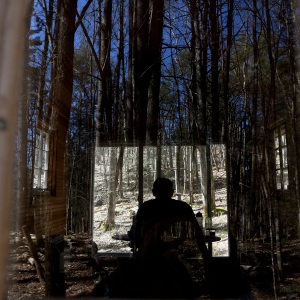 Norwich author and educator sees schools as a reflection of communities
Norwich author and educator sees schools as a reflection of communities
Part of a larger region of prime moose range in northern New England with colder climate and less competition from deer, the animal’s density there is the greatest in Vermont.
Fortin did his work at Fish & Wildlife’s single moose check station, housed at the state highway garage in Island Pond. Each moose harvested during archery and rifle season is required to be shown to the department’s biologists there.
Archery season for moose ran from Oct. 1 through Oct. 7. The regular season falls each year on the third Saturday of the month and lasts for six days after.
For the 2023 season, the department issued 180 moose hunting permits, nearly double last year’s amount. Data collected from the carcasses last week at the check-in station will be used to determine permit needs next year.
While survival rates for adult moose remain viable, the ticks are causing birth rates to rapidly fall. Half of the area’s calves die each winter, primarily due to heavy loads of winter ticks.
A cow requires seven years to replace herself with offspring, which is more than five years longer than deer need for replacement. “So there’s not a lot of room for error,” Fortin said. “If something else (besides the ticks) comes along and starts killing moose, it will all crash.”
Hunters, by law, must hand in the ovaries of any cows they take to the biologists. Videos on the department’s website teach how to slice them from carcasses with field knives.
Scarring in the ovaries can show how many calves a cow had birthed and how many it might have had it not been killed.
Deer can get rid of ticks themselves through grooming. But on a moose, which doesn’t groom itself much, a tick has the greatest chance of completing its five-month life cycle. And a warmer, longer fall gives ticks more time to latch onto moose before cold weather sets in.
The state’s first modern permitted moose hunt was in 1993, in part to draw back a bloated population. By the late 1990s, Vermonters could hunt moose across almost the entire state.
But when the number of moose began to fall, Fish & Wildlife restricted hunting to the Essex County unit. There, the best way to save the moose from the winter ticks, the biologists argue, is to cull their numbers. The thinking is this: Reduce the hosts, and you reduce the ticks.
At the station, in view of Island Pond’s sand shed, people drove up just to take a look at a wooden easel that the biologists have set out in front of their station, using it like a scoreboard to keep track of harvest numbers. Some drove through twice.
More broadly, the moose brought to the check station are opportunities for the biologists to gather all kinds of data. Teeth, for example, are pulled to determine age.
Like detectives, the Fish & Wildlife frontline glean any information they can from the bodies to assess population health.
The quality of life for the moose — and its ability to reproduce — is of primary concern.
“It’s less important how many moose there are, if they’re all in various states of decline,” said Tony Smith, a state biologist. And if the animals are dying off in the woods, it’s better to have them felled by a hunter, who will use the meat, he added.
Donna Hill, of Thetford, snagged a permit in the state-run lottery system. But Hill remained empty-handed at the close of the season, which was marred by wet, cold weather.
“It was really tough hunting this year,” Hill said. “The guys are saying it’s good when it rains, that it keeps you quiet in the woods, but it was pretty intense out there.”
Still, her son, who also received a permit, got a cow. “So we have plenty of meat this year,” she said.
The cold, as Hill said, is a mixed blessing. The massive, dinosaur-like animals — evolved to retain heat — can spoil quickly, especially because their carcasses might sit in the woods for hours on end, waiting to be hauled out.
That “someone” is usually Marc Farrow, who has been using a team of draft horses to carry moose carcasses from the woods for decades. Hunters call him from anywhere in the hunting boundary, and Farrow will come assist.
From the check-in station, biologists can see Farrow’s horse trailers go by on Route 114. They know that someone will be coming through in a matter of hours with an animal.
Charles Billingham, of Corinth, called Farrow when he shot a cow with his first permit a few years ago and called Farrow’s daughter (who has joined her father) this year. On the first day of the season, a Saturday, Billingham killed a 700-pound cow in his first half-hour out in the woods.
Now that Vermont has started to incrementally increase the amount of permits again, Billingham, 57, said he’d like to see the range expand.
“I’m not saying go crazy, but one or two in every zone I think would be good,” he said. “They shouldn’t give them out like they used to, but give out a few in every zone, just so everyone has a chance.”
But for now, Billingham looks forward to seeing the biologists at the station in Island Pond.
“You really learn a little something,” he said.
Frances Mize is a Report for America corps member. She can be reached at fmize@vnews.com or 603- 727-3242.

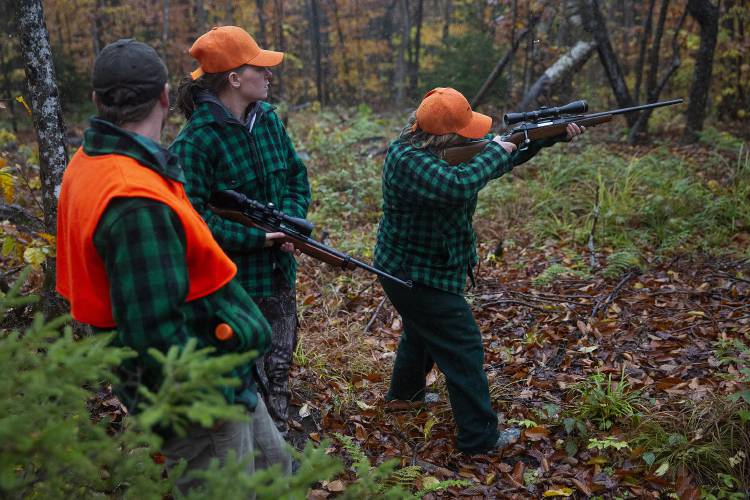
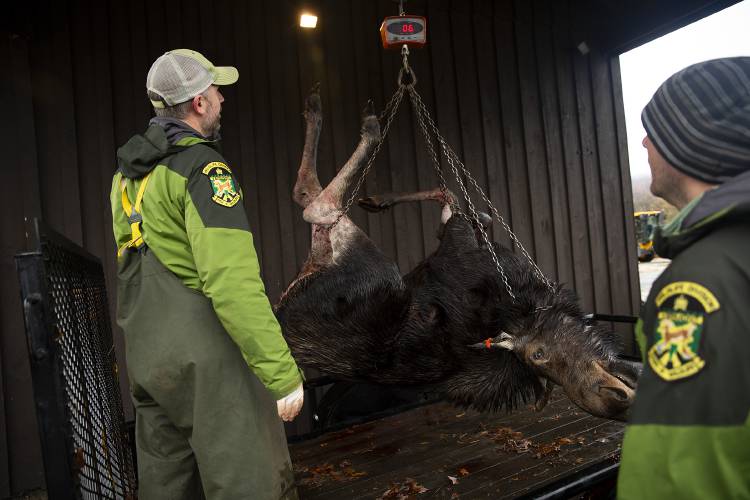
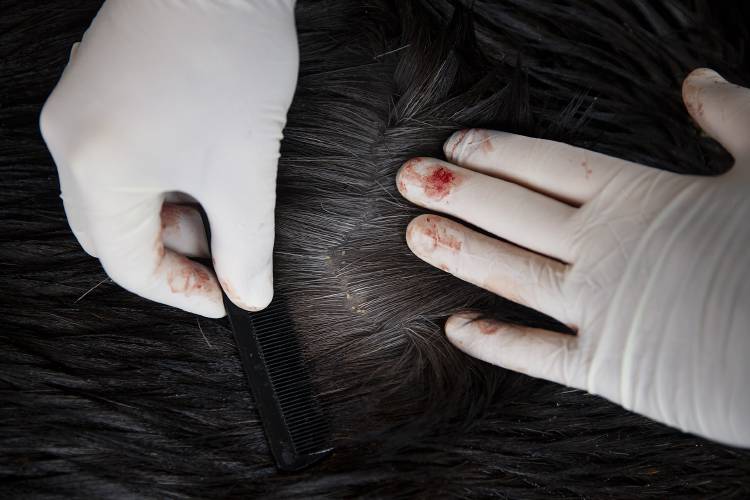
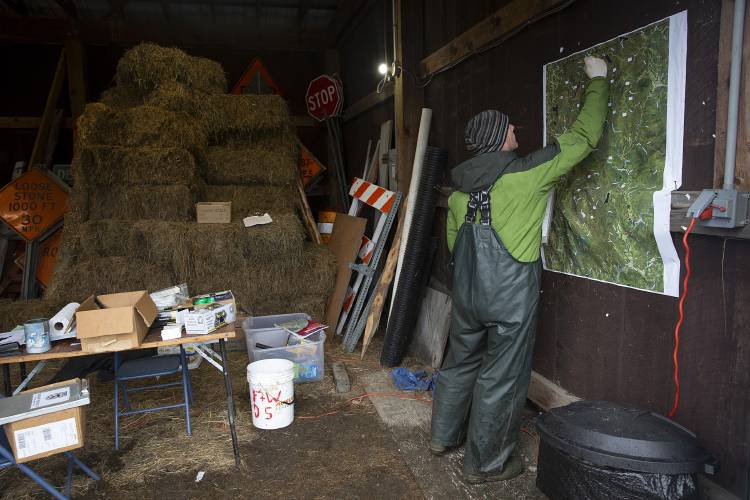
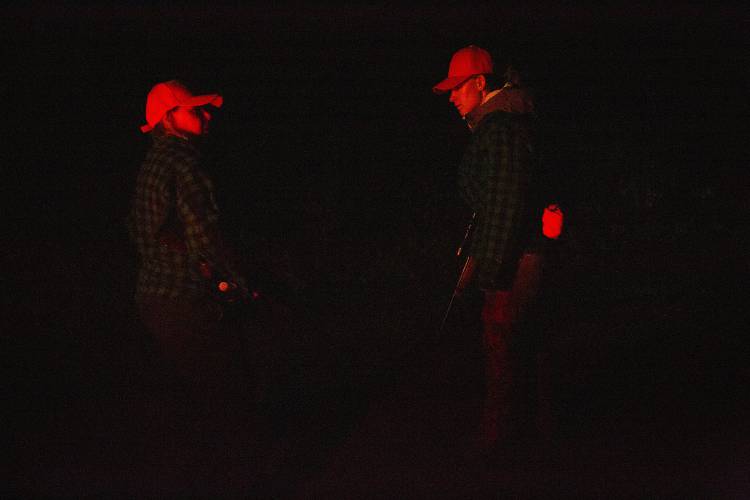
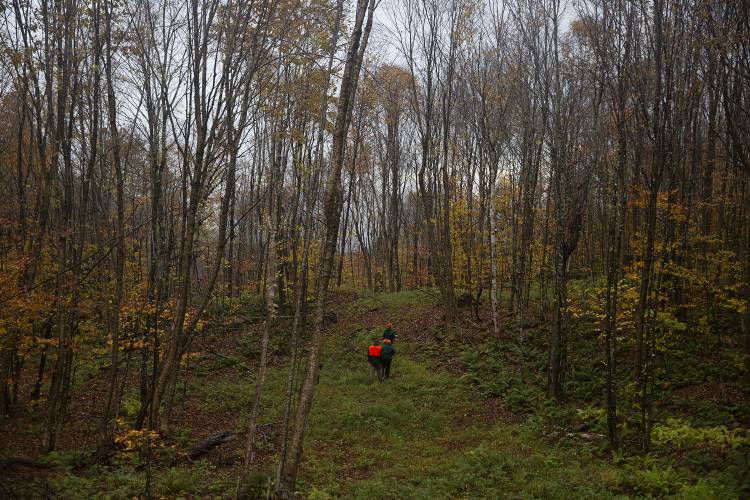
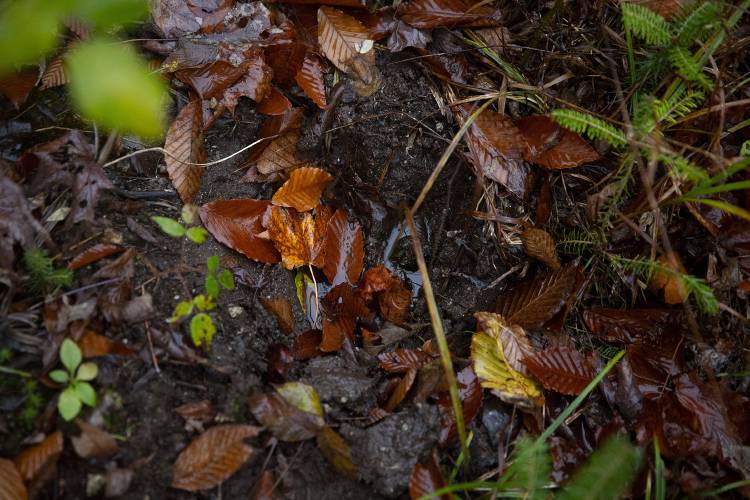
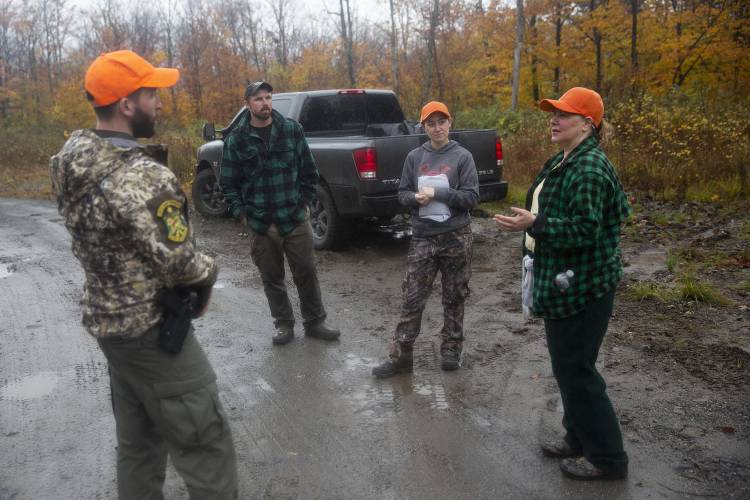
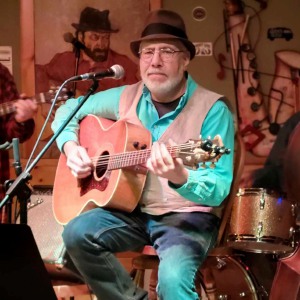 Art Notes: Canaan Meetinghouse showcase brings musicians and listeners together
Art Notes: Canaan Meetinghouse showcase brings musicians and listeners together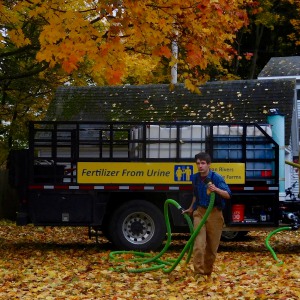 The future of fertilizer? Pee, says this Brattleboro institute
The future of fertilizer? Pee, says this Brattleboro institute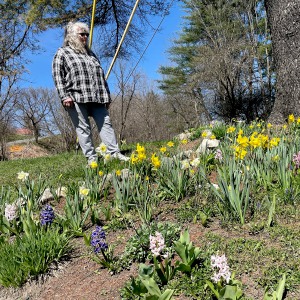 From dirt patch to a gateway garden, a Randolph volunteer cultivates community
From dirt patch to a gateway garden, a Randolph volunteer cultivates community 
